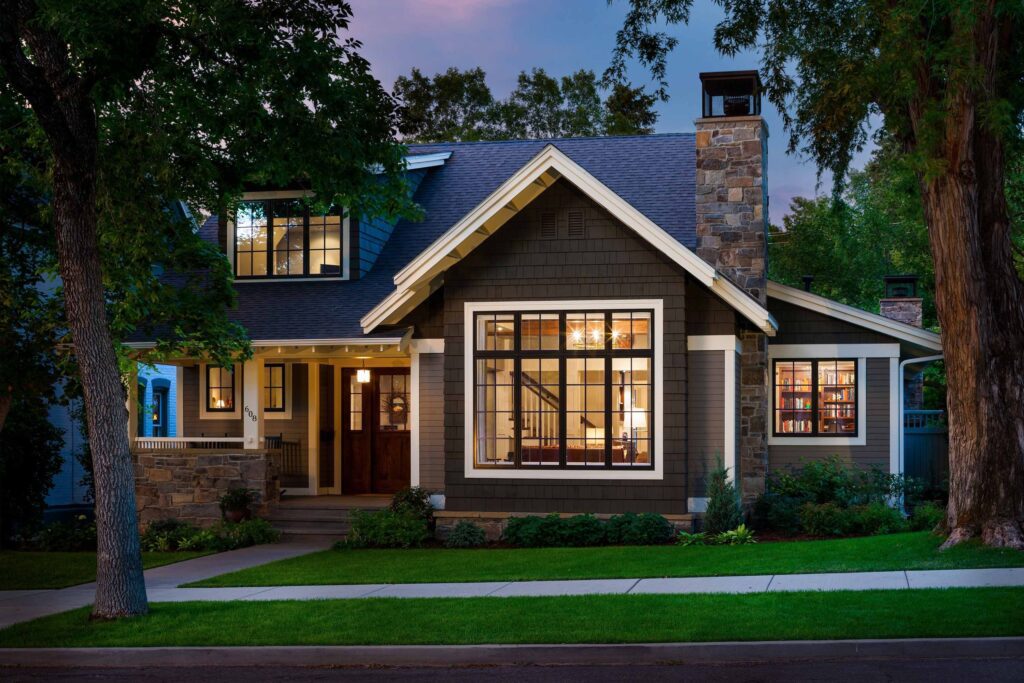Introduction
Choosing the right design style for your home can feel like a daunting task with so many styles to choose from. However, with the right approach, it can be a fun process that results in a home that reflects your personality, fits your lifestyle, and has a cohesive look in your space. produces Here’s a step-by-step guide to choosing the right design style for your home.
Step 1: Understand your personal preferences.
The first step to choosing the right design style for your home is to understand what you like. Start by discovering your preferences. Do you prefer modern, minimalist spaces or cozy, eclectic rooms? Check out design blogs, Pinterest boards, or even Instagram accounts that feature home interiors. Save images that resonate with you, and over time, you’ll start to see patterns in your preferences.
A helpful exercise is to create a mood board where you can see everything. This will give you a better idea of what colors, patterns and textures you are drawn to. It’s a visual representation of your personal style, and it will help you decide which design styles suit your taste.
Step 2: Consider the architecture of your home.
It is important to take into account the architecture of How to Choose the Right Design Style for Your Home when choosing a design style. Some homes naturally lend themselves to certain aesthetics. For example, a traditional home may align well with classic, vintage, or transitional design elements, while a modern loft may be better suited to a minimalist or industrial style.
While you want your interior to reflect your personal taste, it’s important to make sure the style complements the architecture of the home. This approach helps maintain visual harmony between the exterior and interior of your home.
Step 3: Think about functionality.
It’s important to think about how you plan to use each room in your home when deciding on a design style. For example, if you’re someone who entertains guests frequently, you want an open-concept living and dining area that feels inviting and social. On the other hand, if your home is a retreat for relaxation, you might lean toward a more relaxed and comfortable design style like farmhouse or rustic.
How to Choose the Right Design Style for Your Home
Also, consider the specific needs of your family. If you have children or pets, choose a design style that prioritizes durability and easy-to-clean materials. Practicality should be as important as aesthetics.
Step 4: Choose a harmonious color palette.
A unified color palette helps tie design styles together and create a sense of flow between rooms. Once you’ve settled on a design style, choose a color palette that complements it. For example, modern and minimalist designs often stick to neutral colors like white, gray and black with occasional bold accents, while bohemian or eclectic designs may embrace more vibrant colors.
When choosing colors, it’s a good idea to start with a neutral base and layer in accent colors that match the mood and function of each room. This makes it easy to change the decor in the future without having to completely redecorate.

Step 5: Start with the basics.
When starting a room design, start with basic elements such as furniture, floors and walls and keep them relatively neutral. Neutral pieces are versatile and easy to style, allowing you to add layers of color, texture, and personality while perfecting your space.
For example, if you’re going for a modern design, you can choose sleek furniture in neutral tones and introduce colorful throw pillows, bold artwork, and modern lighting fixtures to make the space pop.
Step 6: Blend the styles thoughtfully.
Don’t be afraid to mix different design styles, as long as there’s harmony. Many homes successfully combine elements of different aesthetics. The key is to make sure there’s a common thread — like color or texture — that ties everything together. For example, mixing contemporary furniture with vintage accessories can create a balanced yet vibrant look.
A tip for mixing styles is to stick to two to three styles at most. This prevents the space from feeling chaotic and ensures that it remains cohesive.
Step 7: Add Personal Touches
Your home should reflect your personality and lifestyle. After all, this is where you spend most of your time. Add pieces that mean something to you—whether it’s art you’ve collected on your travels, family heirlooms, or decor items that have personal significance. These unique touches make your home feel warm, inviting, and distinctly yours.
Even in more structured design styles, personal touches bring depth and character to a space.
Step 8: Think long term.
When choosing a design style, think about its longevity. Trends come and go, so it’s best to avoid committing too much to a style that could feel dated in a few years. Instead, choose timeless pieces as your foundation, and introduce modern elements through accessories and decor that you can easily switch out when you want a change.
Also, consider how your life might change over time. Will the design still work for you in five or ten years? Make sure the choices you make today can grow with you and adapt to future needs.
The result
Choosing the right design style for your home requires a thoughtful approach that takes into account your personal preferences, the architecture of your home, and the functionality of each room. By following these steps—understanding your preferences, considering your home’s layout, and thinking about practical aspects—you can create a home that’s both stylish and functional.
Remember, design isn’t just about aesthetics; It’s about creating a space that reflects who you are and supports the way you live. By adding personal touches and staying flexible with trends, you’ll find a home that’s uniquely yours and timeless in its appeal.

